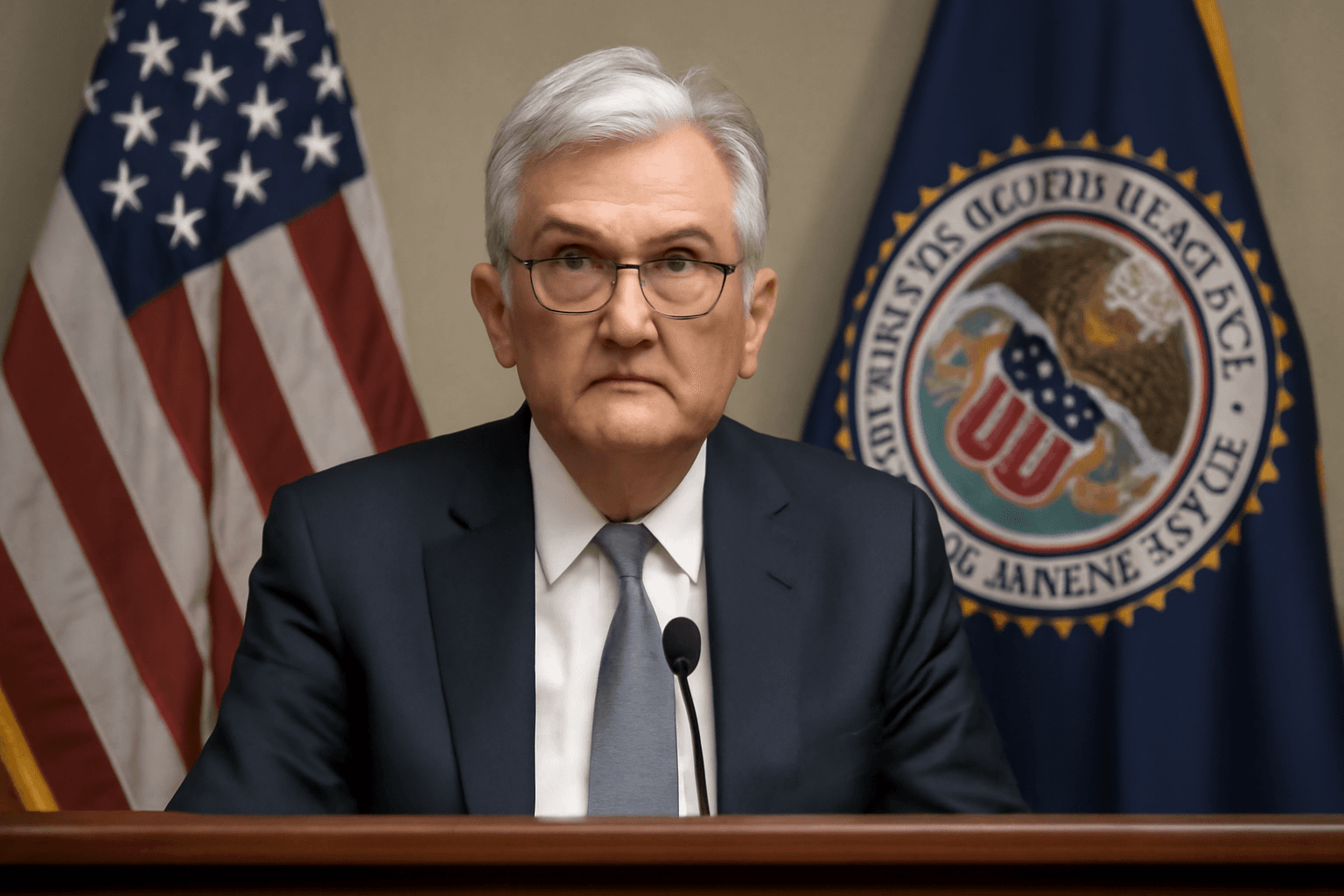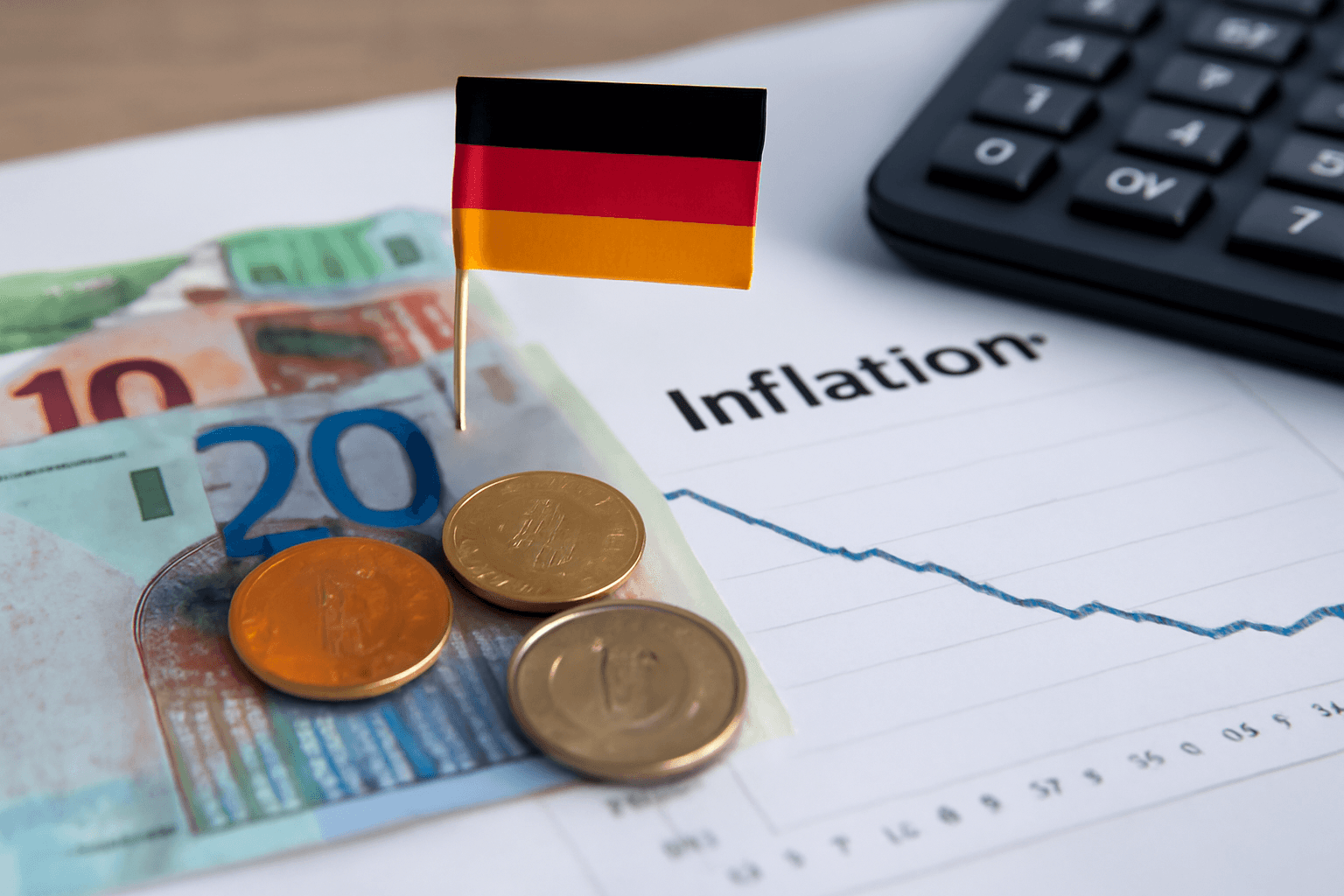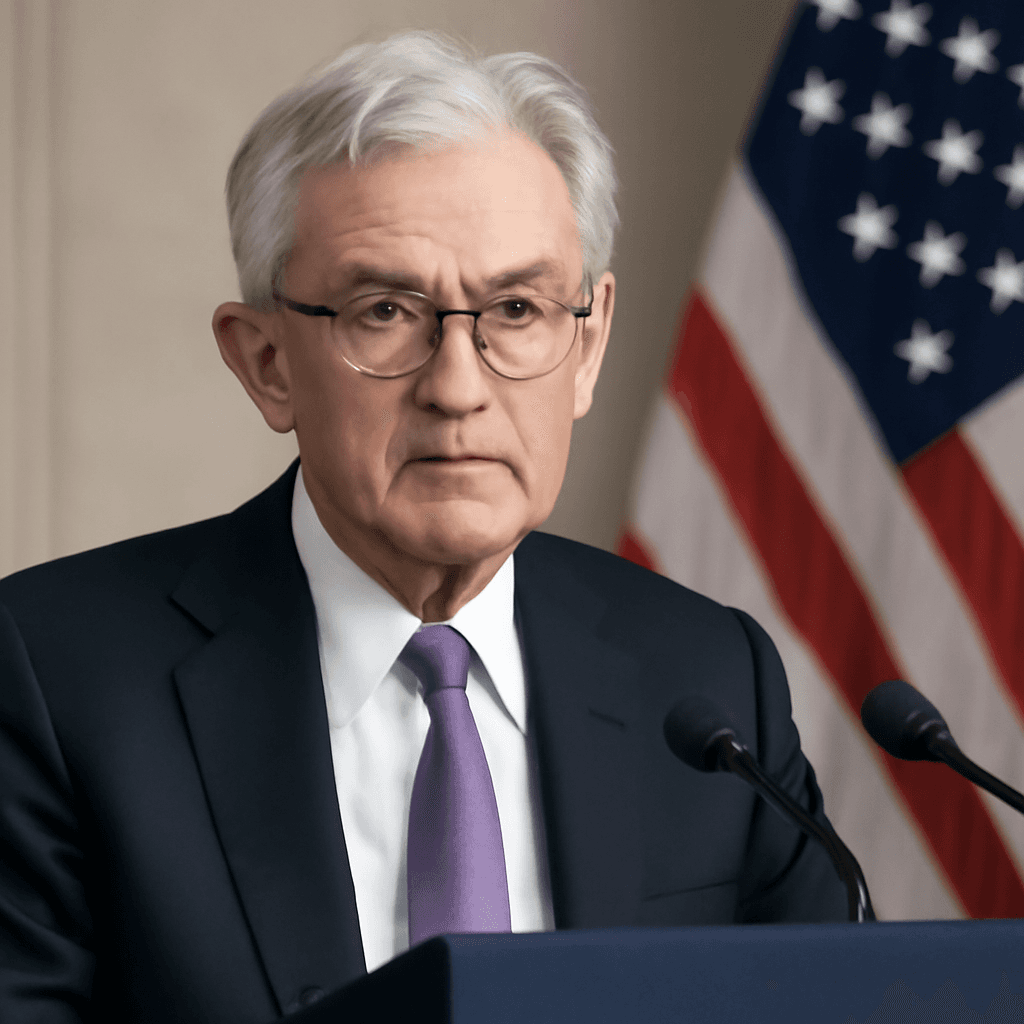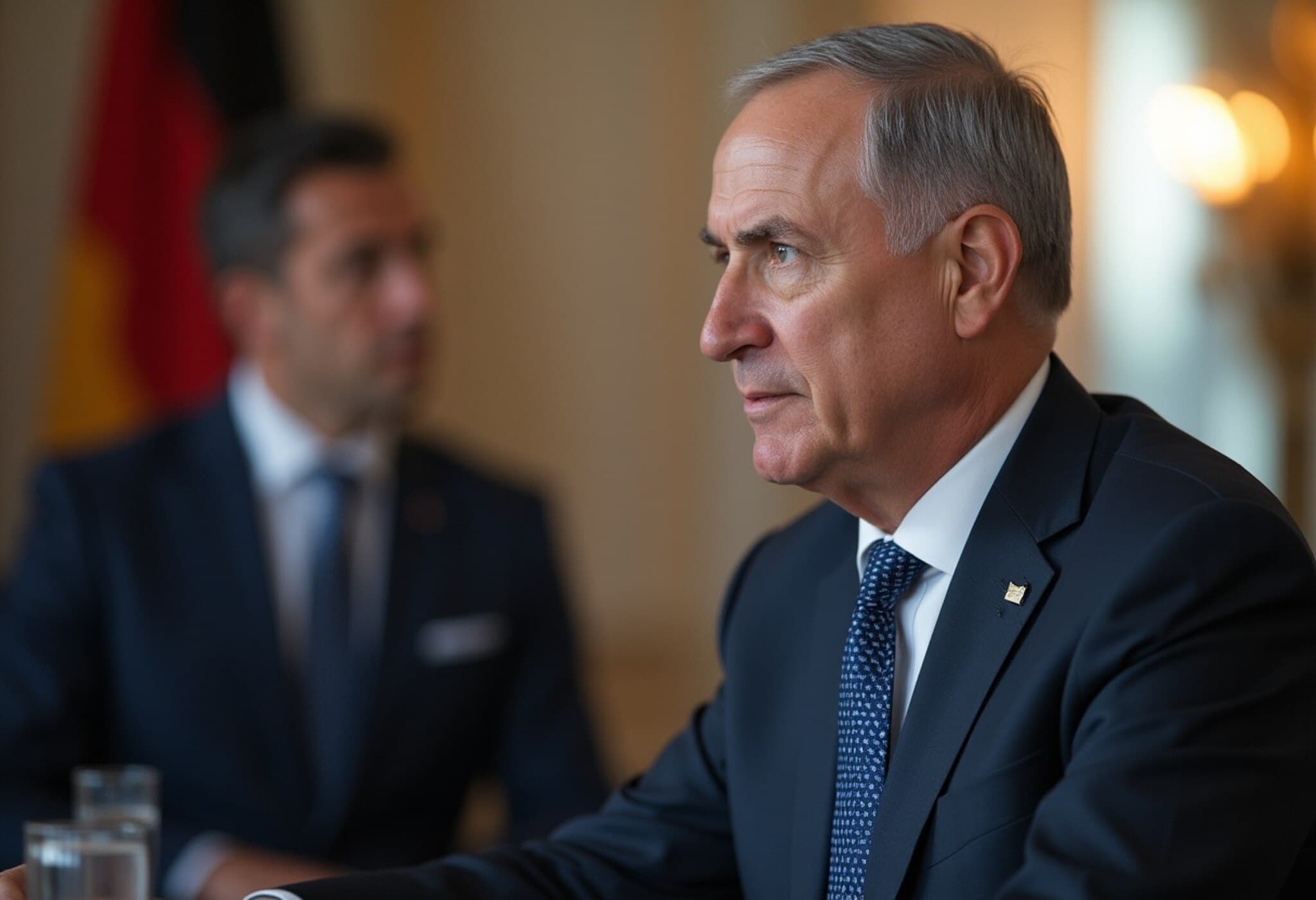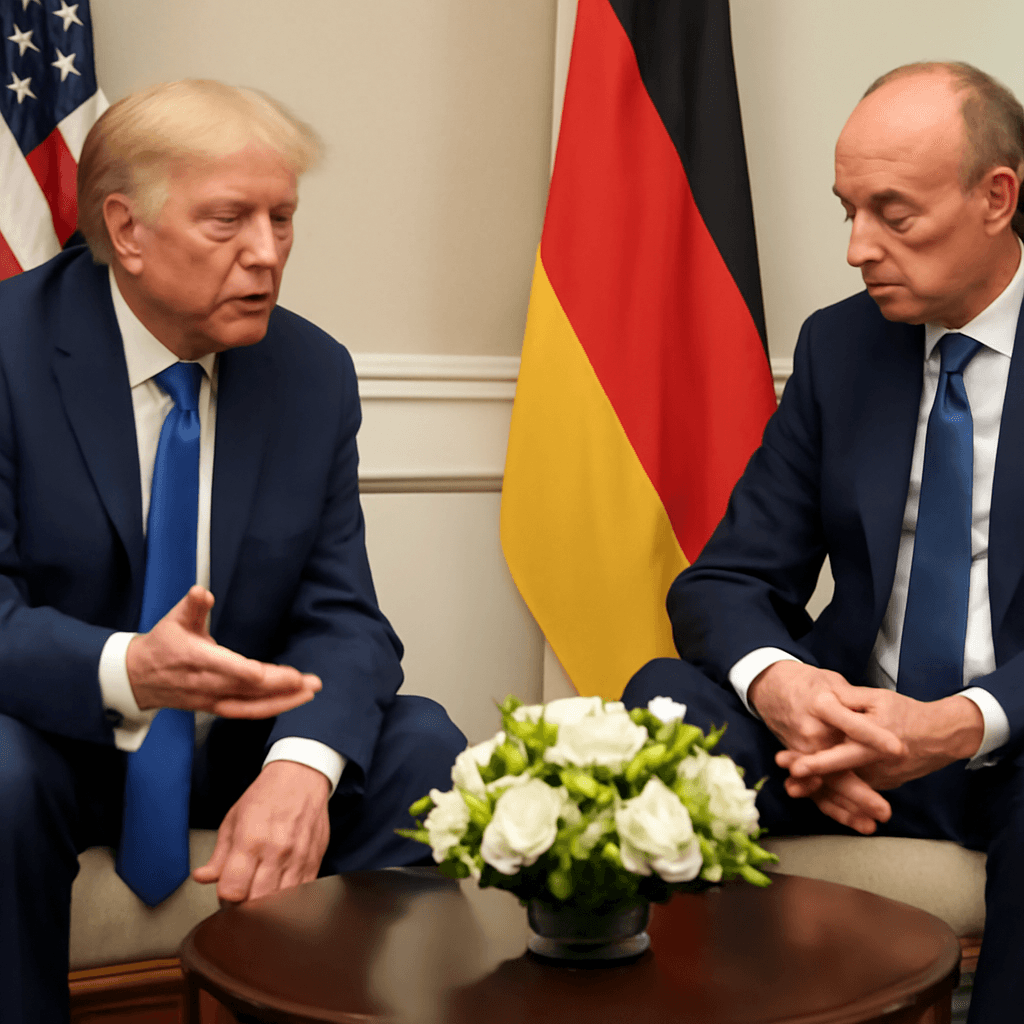German Inflation Slows More Than Anticipated in July
According to the latest data from Germany’s Federal Statistical Office (Destatis), the nation's harmonized consumer inflation rate eased to 1.8% in July 2025. This figure came in slightly below economist forecasts, which had predicted a 1.9% inflation rate, indicating a more significant cooling of price pressures than expected.
What the Numbers Reveal
The July inflation reading marks a decline from the 2.0% recorded in June, aligning inflation closer to the European Central Bank’s (ECB) 2% price stability target. This harmonized measure, employed across eurozone countries, ensures consistent comparison and policy coordination.
Core Inflation and Services Sector
Digging deeper into the data, the so-called core inflation — which excludes the often-volatile food and energy sectors — held steady at 2.7%. This persistent core inflation highlights that underlying price pressures remain sticky, despite easing headline figures.
Services inflation, a critical barometer reflecting consumer spending, gradually softened from 3.3% in June to 3.1% in July, indicating a subtle easing in service sector price rises.
Expert Insight: Signs of Disinflation Amid Economic Headwinds
Carsten Brzeski, Global Head of Macro at ING, interprets these figures as part of a broader disinflationary process unfolding in Germany. He suggests headline inflation will hover just below the 2% mark in the near term, reflecting a slow normalization following years of pandemic-fueled volatility and energy price shocks.
However, Brzeski cautions that inflation dynamics are tied to complex global factors, including supply chain disruptions and geopolitical tensions that continue to unsettle markets.
U.S.-EU Trade Dynamics and Inflation Implications
Economists are also closely scrutinizing the impact of recent tariff policies between the United States and European Union. Several targeted tariffs imposed over recent months have the potential to influence inflation on both sides of the Atlantic.
Last week, the EU and U.S. reached a preliminary agreement involving mutual tariff adjustments on certain goods. While these tariff shifts are widely anticipated to affect U.S. consumer price levels, the repercussions in Europe remain uncertain.
Brzeski highlights a critical debate: "It remains to be seen how European and American companies will respond to U.S. tariffs." He adds, "One possible outcome is reduced prices in the eurozone driven by overcapacity and weaker U.S. demand. Conversely, multinational companies might raise prices in Europe to counterbalance squeezed profits from U.S. tariffs." This nuanced perspective underlines the complexity of cross-border trade tensions and their indirect effects on inflation.
Germany’s Economy in Context: Slight Contraction Amid Inflation Trends
Adding to the inflation narrative, Destatis released preliminary data showing Germany’s GDP contracted by 0.1% in the second quarter of 2025, reversing the 0.3% growth seen in the first quarter. This mild downturn signals mounting economic pressures that could influence future price movements and policy responses.
Why This Matters
- Price Stability Goal: The downward inflation trend brings Germany closer to the ECB’s stability target, vital for maintaining purchasing power and economic confidence.
- Policy Implications: Persistent core inflation and economic contraction challenge policymakers navigating the fine line between sustaining growth and taming price rises.
- Global Trade Uncertainties: The impact of U.S.-EU trade negotiations on inflation remains a key area to watch, highlighting the interconnectedness of global markets.
Looking Ahead
Eurozone-wide inflation figures due later this week are expected to show a similar trajectory, with forecasts pointing toward a 1.9% rate. Analysts will be keenly observing how inflation patterns evolve amid ongoing geopolitical shifts and economic adjustments.
Editor’s Note
Germany's easing inflation heralds a tentative step towards price stability but masks persistent core price pressures that warrant vigilant monitoring. The subtle interplay between economic contraction and global trade tensions underscores the fragile nature of the recovery. As policymakers prepare for upcoming ECB decisions, crucial questions remain: How much will U.S. tariffs reshape European inflation dynamics? And can Germany sustain growth without reigniting inflationary forces? The answers to these will significantly shape Europe's economic landscape in the months ahead.



